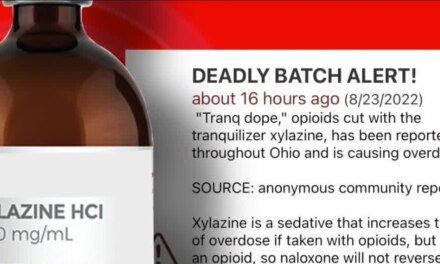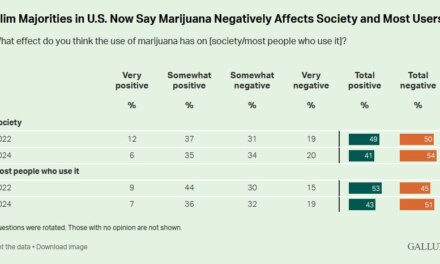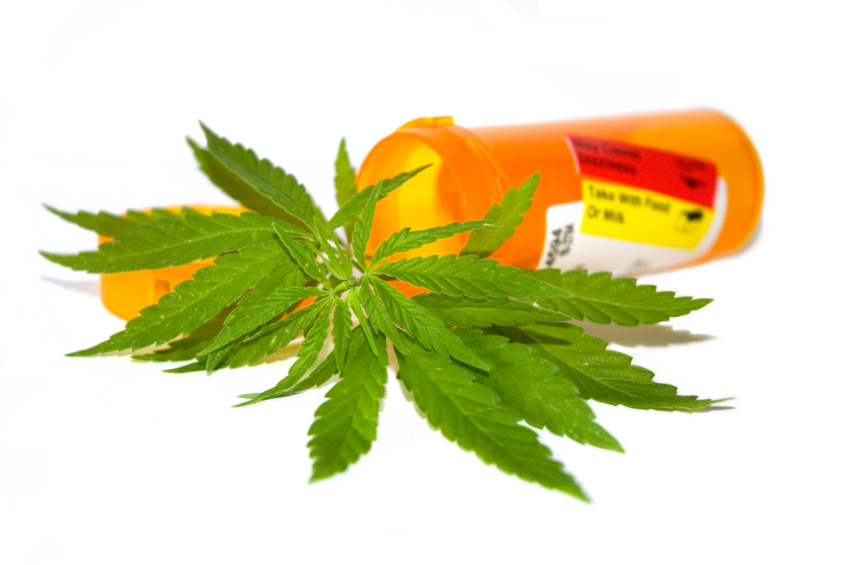You’ve no doubt heard that cannabis can and does contribute to psychosis in some users, particularly young ones. That’s true. I thought this might be a good opportunity to clarify the real-life implications. Let’s begin by breaking it down to three interrelated factors.
First, the issue of potency. Yes, today’s cannabis products contain a higher percentage of THC, the main psychoactive ingredient, than in the past. Much higher, in fact — THC content of 15 to 25% is not at all uncommon. It can rise far above that in some forms.
Second, the age of use. Cannabis is prohibited for minors. That’s true even where recreational use by adults is now fully legal. Nonetheless, reliable reports suggest a 245% increase in use among teenagers in recent years.
What gives? For one thing, America hasn’t had any more success at keeping cannabis away from adolescents than it has with alcohol or nicotine. Like smoking and drinking, law or no law, cannabis use often begins before age 15.
That’s a problem because of factor #3:
Adolescence appears to be a period of special vulnerability to psychiatric disorders. We know that the earlier use begins, the greater the risk that a Cannabis Use Disorder (CUD) will eventually result. That means a dramatic uptick in the number of young users will likely result in a corresponding increase in the CUD population in future.
Unfortunately, the same vulnerability appears to apply to psychosis. An update on the research:
“We found a very strong association between cannabis use and risk of psychotic disorder in adolescence,” claimed the researchers, noting that this risk factor did not hold true for slightly older youth (age 18-24). That fits with contemporary models of development, where adolescence is viewed as a period of special vulnerability in general.
As for risk, the researchers add that when compared with no use of cannabis at all, “…cannabis use was significantly associated with an 11-fold increased risk for psychotic disorders during adolescence…”
Put all three factors together, and you come away with a high-risk population (teenagers) busy using extra-potent cannabis at a much higher rate than found in previous generations.
And our efforts to limit this have, so far, proved wildly unsuccessful.
I guess the followup question would be: What to do now? The research team suggests prompt implementation of widespread evidence-based prevention programs.
Worth a try. Hope it’s not too late.













